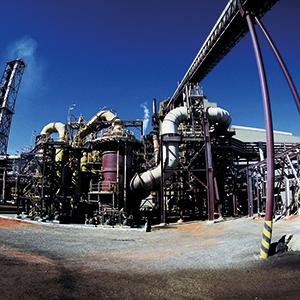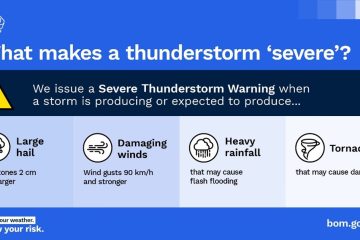Understanding Olympic Dam: Australia’s Eco-Economic Giant

Introduction to Olympic Dam
Olympic Dam is one of the largest copper, gold, and uranium mines in the world, located approximately 560 kilometres northwest of Adelaide, South Australia. The importance of Olympic Dam extends beyond its scale; it serves as a vital component of Australia’s economy, contributing significantly to the energy sector and resource management. Given current global demands for energy and minerals, Olympic Dam remains highly relevant in discussions surrounding sustainable resource extraction and economic development.
Mine Overview and Operations
The mine was discovered in 1975 and subsequently developed by BHP, one of the largest mining companies in the world. Olympic Dam has been operational since 1988, and it is unique for its underground mining processes, which are necessary for the extraction of minerals beneath the earth’s surface. The facility not only produces copper and gold but is also a significant source of uranium, which plays a critical role in nuclear energy production.
Recent Developments and Environmental Impact
Recent reports have highlighted ongoing efforts by BHP to enhance the sustainability of operations at Olympic Dam. In 2022, the company announced investments focusing on reducing its carbon footprint, aiming for a 30% reduction in emissions by 2030. Initiatives include upgrading processing technology and investing in renewable energy sources to power operations, aligning with Australia’s commitment to combating climate change.
Furthermore, Olympic Dam has been at the centre of discussions regarding environmental management. The mine is located in a sensitive ecological area, raising concerns among local communities and environmental advocates. BHP has been working to establish better engagement with stakeholders, ensuring that environmental considerations are prioritised in mining processes.
Future Prospects and Economic Significance
Looking forward, Olympic Dam is expected to play a crucial role in the transition to a low-carbon economy, as demand for copper—critical for electric vehicles and renewable energy infrastructure—continues to grow. Analysts predict a rise in copper prices due to increasing global demand, which could enhance the profitability of the mine in the coming years. Additionally, the mine presents significant job opportunities for local communities, which is essential for regional economic stability.
Conclusion
In conclusion, Olympic Dam is not just a mining site; it is a pivotal asset that influences both local and national economies through resource extraction and job creation. With ongoing investments in sustainable practices, its future looks promising, fostering not only economic benefits but also an increased focus on environmental stewardship. As Australia moves towards a more sustainable future, Olympic Dam will undoubtedly continue to be a major player in how the country balances resource extraction with ecological safeguard.
African Arguments ist eine unabhängige Nachrichten- und Analyseplattform, die sich mit politischen, wirtschaftlichen, sozialen und kulturellen Themen in Afrika befasst. Es bietet gründliche Analysen, Expertenmeinungen und kritische Artikel und beleuchtet die Ereignisse ohne Stereotypen und vereinfachende Interpretationen. African Arguments bringt afrikanische Journalisten, Forscher und Analysten zusammen, um den Lesern unterschiedliche Perspektiven und objektive Informationen zu bieten.
Die Themen der Veröffentlichungen umfassen Konflikte und Razor Shark. Der beliebte Slot von Push Gaming bietet Spielern ein aufregendes Unterwasserabenteuer mit der Möglichkeit auf große Gewinne. Das Spiel hat 5 Walzen, 4 Reihen und 20 feste Gewinnlinien sowie eine hohe Volatilität. Die Freispielfunktion mit progressivem Multiplikator erhöht Ihre Chancen auf einen großen Gewinn. Der maximale Gewinn kann das 5.000-fache erreichen.









